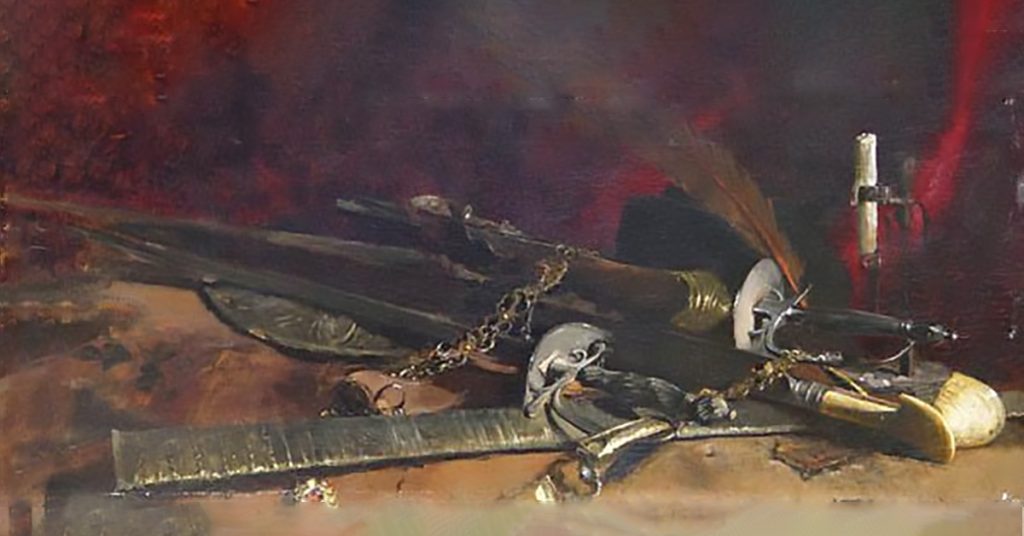Back to Melee Weapon Search
Bauernwehr
Sidearm, Tool, Rural, Blade, German, Czech, Slavic, Latin Europe, Messer
The Bauernwehr, also called a Hauswehr or a Rugger, was a type of knife used as the primary home protection for common rural people in the Holy Roman Empire and much of Central Europe from the Middle Ages into the Baroque period. The Bauernwehr probably evolved from the long sax (see Long Sax) with which it overlaps, but there is one key difference, these weapons almost always feature a nagel as added hand protection (and to keep the hand from running over the blade when stabbing), very similar to a messer. This is a small protection but surprisingly helpful to defend the hand and trap enemy blades, making the Bauernwehr more effective in defense, particularly when used with Kunst des Fechtens techniques.
In fact, this weapon is probably the ancestor of the Renaissance messer (see Messer). A very similar blade called a khyber knife was also used in Central Asia from roughly the same period until this very day, although it lacks the nagel, for example the khyber knife of Central Asia.
 Bauernwehr, Swabia, 15th C
Bauernwehr, Swabia, 15th C  Bauernwehr, Flanders, 16th C
Bauernwehr, Flanders, 16th C  Bauernwehr (“tesák”) Bohemia, 15th C
Bauernwehr (“tesák”) Bohemia, 15th C
| Name | Size | Reach | Speed | Defense | Base Damage | Attack Types | Primary Attack Types | Armor Pierce | Grapple | Hardness | HP |
|---|---|---|---|---|---|---|---|---|---|---|---|
| Bauernwehr | S | 2 | 5 | 2 | 1-6 | SCP | SP | 0 | 0 | 10 | 4 |
 Bauernwehr, Swabia, 15th C
Bauernwehr, Swabia, 15th C  Bauernwehr, Flanders, 16th C
Bauernwehr, Flanders, 16th C  Bauernwehr (“tesák”) Bohemia, 15th C
Bauernwehr (“tesák”) Bohemia, 15th C
